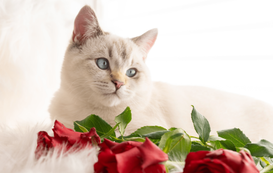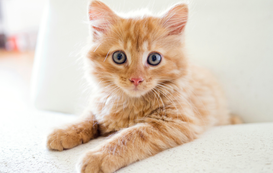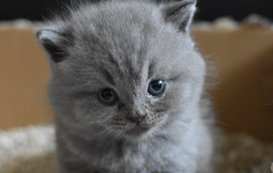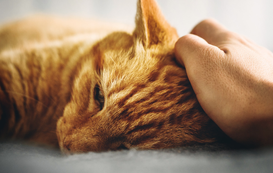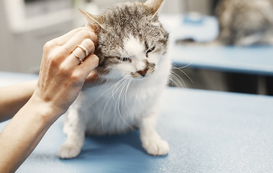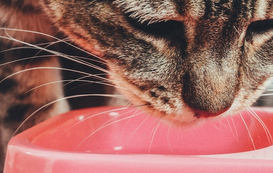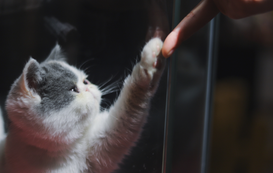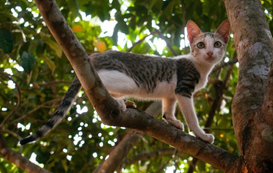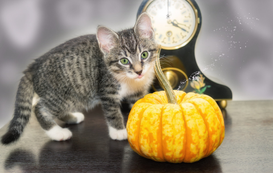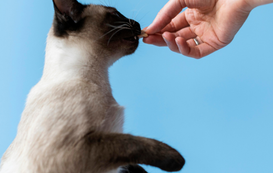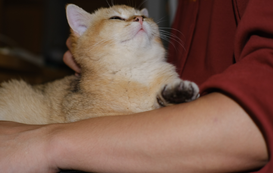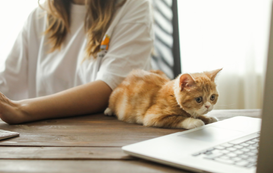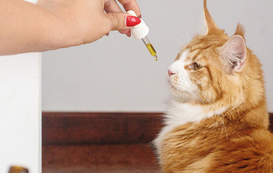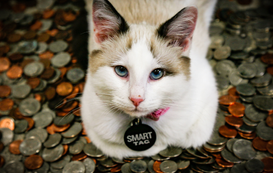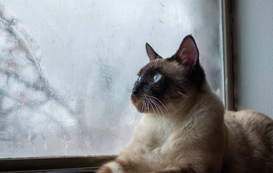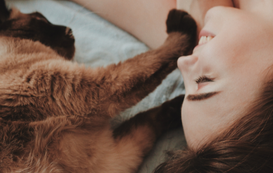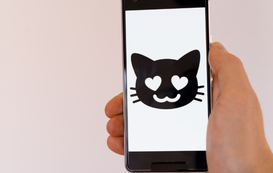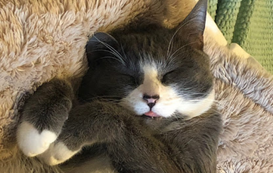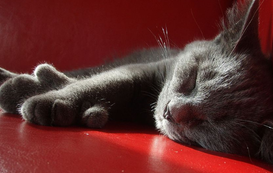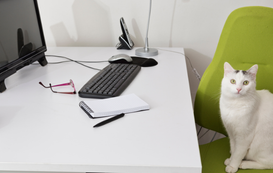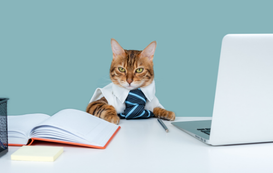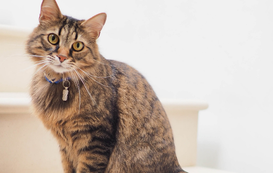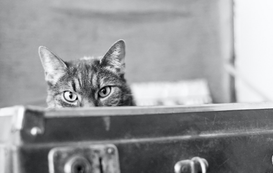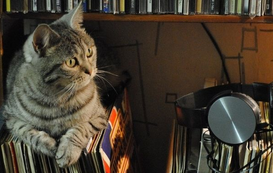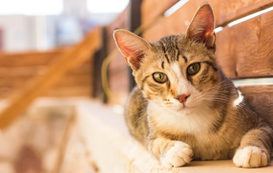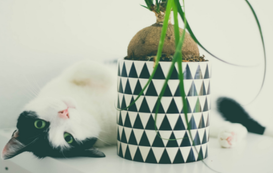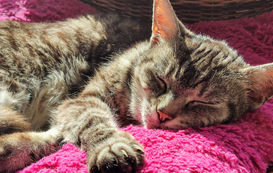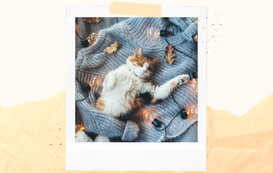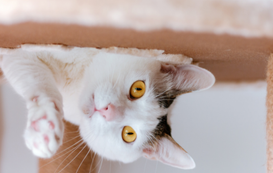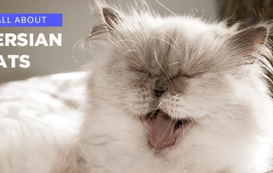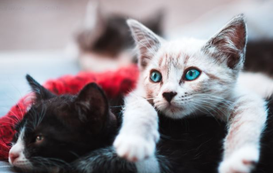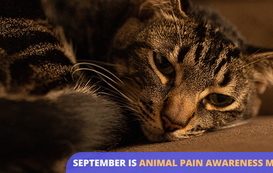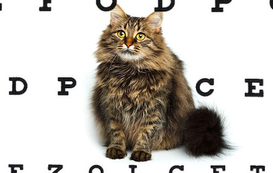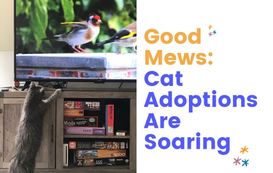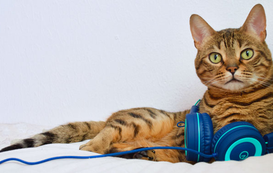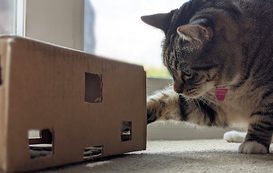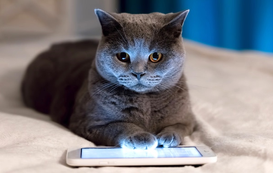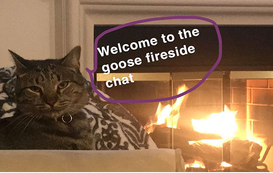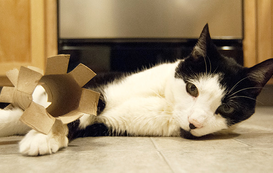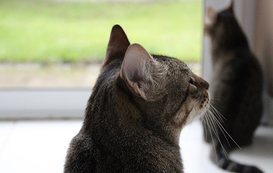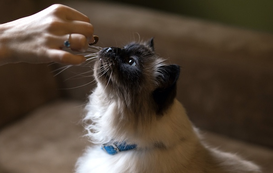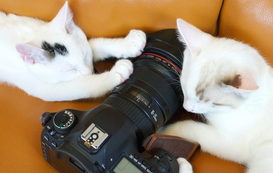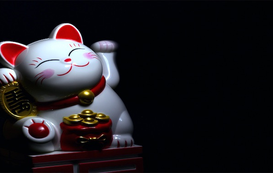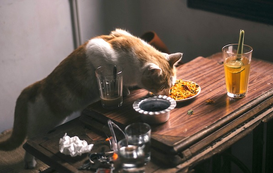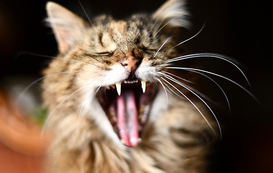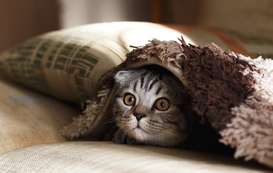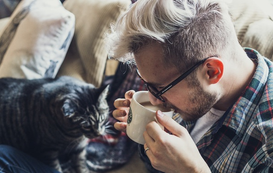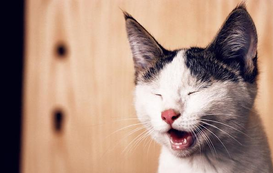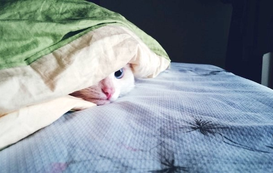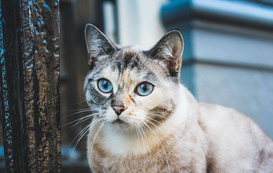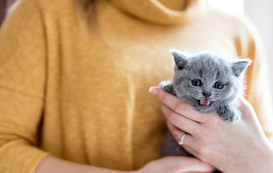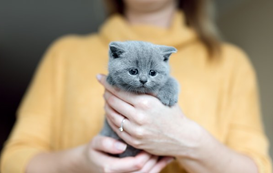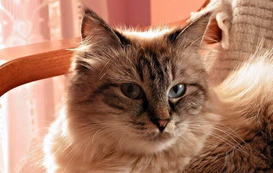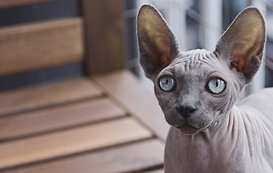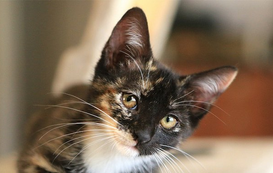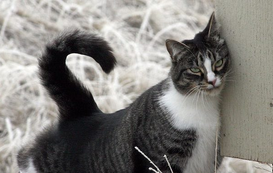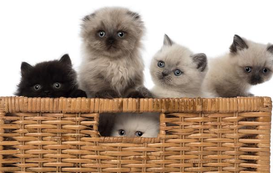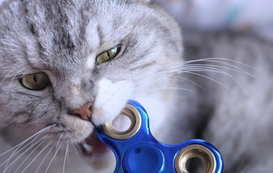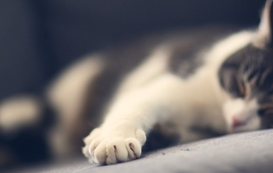- Home
- Cat Sitter Blog
- Cat Nutrition
- Wet vs. Dry Cat Food: Which Is Better?
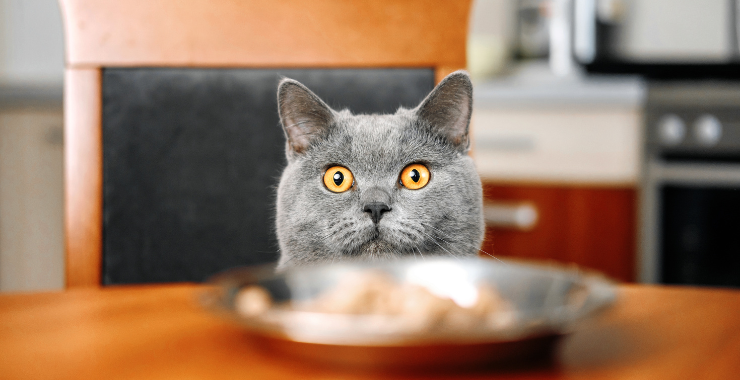

Wet vs. Dry Cat Food: Which Is Better?
Choosing the right pet food for your cat poses a significant challenge, as feline nutritional needs are complex. Balancing protein, fat, and cat supplements is crucial for overall health. Factors like age, breed, and health conditions add complexity, making informed decisions vital. Consulting a veterinarian can help you navigate this nutritional maze for optimal feline well-being.
What’s the Difference Between Wet Cat Food and Dry Cat Food?
Moisture Content
Wet cat food contains a significantly higher water content, typically around 70-80%, while dry food has a much lower moisture content, usually around 10%. Cats might need to drink more water to compensate for the lack of moisture in dry food.
Composition
Canned food and pouches have a higher meat content with a texture and moisture content that resembles natural prey. They’re carnivores, after all! Unlike wet cat food, dry cat food is baked kibbles, which contain more carbohydrates as well as additives for preservation and texture.
Palatability
Many cats prefer wet food due to its meaty texture and aroma, but others enjoy the crunchiness of dry kibble.
Dental Health
Wet cat food doesn’t contribute to dental health as much as dry food. Chewing kibble can help reduce plaque and tartar buildup on the cat's teeth. There are also dental-specific dry cat foods designed for oral health.
Storage and Convenience
Wet pet food requires refrigeration and has a shorter shelf life than dry food. It can be less convenient for portion control.
What Are the Pros and Cons of Wet vs. Dry Cat Food?
Wet Food Pros
- High moisture content: Wet cat food typically has a high moisture content (around 70-80%), which can help with hydration, especially for cats that don't drink much water.
- More palatable: Many cats find wet food more palatable due to its meaty texture and strong aroma. This food type can benefit picky eaters or cats with dental disease.
- Nutrient absorption: Some cats, especially older cats, may find it easier to eat wet food as it's softer and more readily digestible, which in turn promotes better nutrient absorption.
- Variety of textures and flavors: Wet cat food comes in different textures and flavors, allowing you to cater to your cat's preferences at mealtime and promote a balanced diet.
Wet Food Cons
- Short shelf life: Once opened, wet cat food must be refrigerated and used within a certain timeframe.
- Convenience: Portioning and storing this type of food can be less convenient than dry kibble. It requires more attention to hygiene and cleanliness.
- Cost: Wet cat food can be more expensive per serving than dry cat food.
Dry Food Pros
- Convenience: Dry cat food is easy to store, has a longer shelf life, and doesn't require refrigeration once opened.
- Dental health: Chewing dry kibble can help reduce plaque and tartar buildup on a cat's teeth, contributing to better dental health.
- Economical: Dry cat food is often more cost-effective than wet food on a per-serving basis.
- Portion control: Measuring specific portions is easier with dry cat food, which is especially important for pet parents managing their cat’s obesity.
Dry Food Cons
- Low moisture content: Dry cat food has a low moisture content (around 10%), which may not be sufficient to keep some cats adequately hydrated. Cats that eat dry food may need to drink more water for hydration and to reduce health issues like constipation.
- Less palatable: Some cats may be less interested in dry kibble due to its texture or flavor, leading to potential issues with picky eaters.
- Additives and processing: Dry cat food may contain more additives for preservation and texture, and the extrusion and baking process can alter the nutritional value of some ingredients.
- Limited textures: Dry cat food has a limited range of textures compared to wet food.
Should I Switch My Cat From Dry To Wet Food?
Consider various factors if you switch your cat’s diet from dry to wet food. Your cat’s health considerations are crucial, particularly if your cat has dental issues, kidney disease, urinary tract disease, or is struggling with weight gain. If your cat has difficulty staying hydrated, incorporating wet food can contribute to their water intake. Cats' individual preferences also play a role, with some favoring wet or dry formulations.
Kittens, senior cats, and cats with specific health conditions may have unique dietary needs that influence the choice between wet and dry food. Your lifestyle, desire for convenience, and budget should also weigh in your decision.
When transitioning, do it gradually. Mix small amounts of wet food into dry food, and monitor your cat's response for optimal adjustment. Talk with your veterinarian if you have any concerns about their reaction to the new food.
Is It OK if My Cat Only Eats Dry Food?
Feeding exclusively dry food is generally okay for a cat’s diet, but consider factors like hydration and dental health. Some health conditions benefit from increased water intake, making wet food preferable, but if your cat enjoys and thrives on dry food, and it meets their nutritional needs, it can be a suitable option.
If you decide to feed your cat exclusively dry food, here are some tips:
- Provide fresh water at all times and encourage your cat to drink.
- Choose high-quality, nutritionally balanced dry cat food. There are ingredients to avoid in lower-quality foods.
- Monitor your cat's weight and adjust portion sizes accordingly.
Should I Feed Both Wet and Dry Cat Food?
Cat owners who provide wet and dry cat food often do so to achieve a balanced approach. Wet food provides higher water content, aiding hydration and appealing to picky eaters. Dry food reduces the likelihood of dental problems and is more convenient for storage and serving. Combining both types of food can address hydration concerns and provide variety in taste and texture.
Consider your cat's age, life stage, health, and lifestyle. Your veterinarian can help tailor a balanced diet to meet your cat's nutritional needs.
Need cat-sitting services for your furbaby? Check for Meowtel cat sitters in your area. We have the best cat sitters who undergo thorough background checks, so you can relax knowing that your home and your cat’s needs are cared for. When you need a reliable in-home cat sitter for your beloved pet, make Meowtel your trusted choice. Find the purrfect sitter to help you and your pet today.





